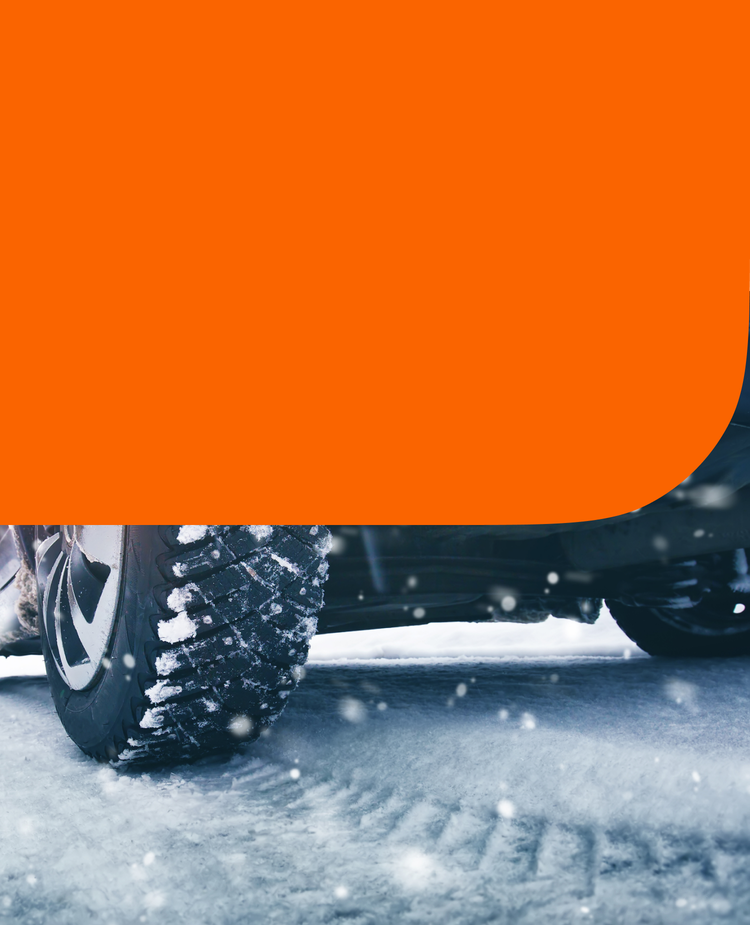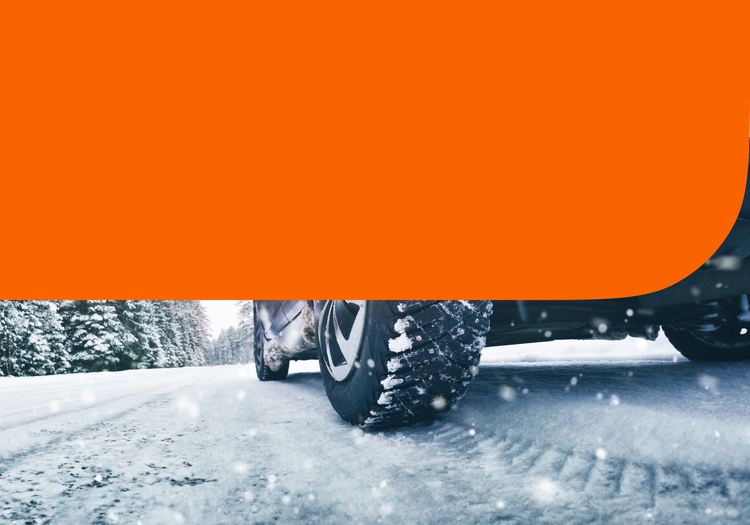
top, right

top, right

Express Lane{ca-indigo-700}
How to Prepare Your Car for Winter
Readying your car for winter weather can increase safety for both driver and passengers and decrease the chances that you’ll be caught unprepared when the storm season arrives.
From the battery and fluids to tires and wipers, some basic maintenance can prevent problems and increase the longevity of your car. This is particularly true in parts of the U.S. that experience a harsh winter.
“The chilliest season of the year often comes along with cold temperatures, ice, snow and ultimately, a heavy dose of slush,” according to AllState. “But with a little planning, you can prepare your vehicle to handle the inclement weather once it hits.”
A Winterization Checklist
Winter maintenance need not be expensive or difficult. Here are some basics that every car owner can perform before the weather turns cold.
- Start With Wipers and Fluid. To drive safely, you need to be able to see in all weather conditions. Make sure your windshield wiper blades are in good condition—replace them if there is any doubt—and top off your reservoir of washer fluid. While you are at it, make sure headlights, tail lights and signals are working.
- Fill Your Tires. Cold weather can deflate tires, which can in turn impact the amount of traction you get on the road. Make sure that you start the season with tires properly inflated—you can find the information in your owner’s manual—and keep them correctly inflated throughout the season.
- Check Your Battery. Cold weather can be hard on your battery. Have your mechanic test the battery and replace it if needed. Doing so before the cold weather hits will ensure that you are not left stranded. If you drive less in winter, make sure to start your car regularly.
- Change Your Oil. Cold weather can impact the viscosity of your oil. In very cold climates, some cars may require winter-grade oil to ensure that the engine runs properly. Read your owner’s manual to determine your car’s needs, or consult a dealer or mechanic. While you are addressing oil, make sure all of your fluids are topped off.
- Inspect Your Emergency Equipment. Making sure you are prepared for winter emergencies is vital. In addition to standard safety items such as jumper cables and flares, it may also be prudent to carry an ice scraper, a shovel, gloves, boots and sand or kitty litter to gain traction when roads or parking lots are icy, according to AllState.
If you can, store your car in a garage, carport or other covered parking during the winter to avoid repeatedly coating it with snow and ice. It is also a good idea to keep it clean. While washing it yourself may be out of the question, going through a car wash that sprays the undercarriage can remove salt and chemicals that, though good for melting snow on roads, can also promote rust.
Regular seasonal maintenance is required on every car, but if your vehicle is getting older and requiring more work, it may be time to upgrade. To get a start on buying your next car, get pre-qualified through Credit Acceptance. It will help you secure your auto financing, inform your budget and shop for a vehicle with confidence.